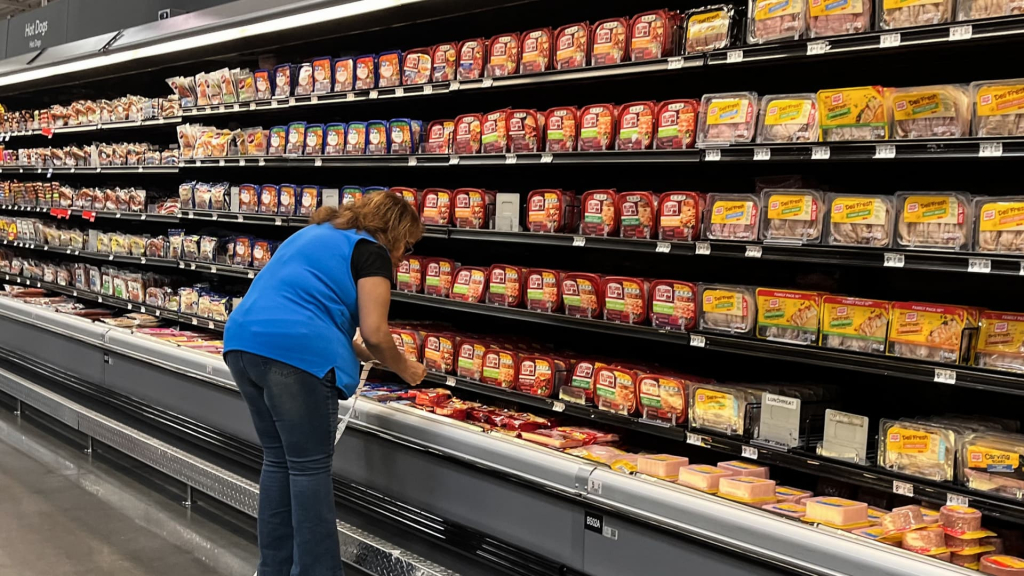The inflation report for June is poised to attract attention not solely for its headline figures but also for the intricate details within the data, particularly regarding the effect of tariffs on prices.
The consumer price index (CPI), set to be released on Tuesday at 8:30 a.m. ET, is predicted to reflect a rise in both the headline and core metrics, with the core reading remaining significantly above the Federal Reserve’s target.
However, the focus will predominantly be on how President Donald Trump’s tariffs are influencing prices and potentially escalating inflation rates.
“June marks the first instance where these tariffs are expected to manifest their impact in a noticeable manner,” stated Chris Hodge, chief U.S. economist at Natixis CIB Americas.
The CPI is anticipated to indicate a 0.3% increase month-over-month for both the headline and core figures, the latter of which excludes the often-volatile categories of food and energy. Year-over-year, the index is forecasted to present a 2.7% increase for the headline number and 3% for the core.
For the Federal Reserve, both metrics will remain above its 2% inflation target, though policymakers typically rely on a different index from the Commerce Department for their primary assessments.
Notably, the CPI will shed light on how the tariffs imposed by the Trump administration are affecting consumers. Hodge is particularly interested in two sectors while analyzing the report.
“I’m focusing on the automotive and apparel industries, as the previous month’s figures were surprisingly low for both, which contradicts expectations,” Hodge noted. “These sectors are typically very sensitive to tariff increases.”
The May data was overall subdued, suggesting a lack of notable upward pressure from the limited tariffs enacted in April. Both headline and core CPI showed a modest rise of just 0.1% month-over-month. Prices for new (-0.3%) and used (-0.5%) vehicles declined, and apparel prices decreased by 0.4%, alongside a 1% drop in energy costs.
Economists largely anticipate a reversal in these trends; however, experts at Goldman Sachs believe that prices for used vehicles may continue to decline, based on recent auction data. They are providing a conservative forecast of a 0.2% increase in the core CPI for June, as Fed officials view the core index as a more reliable indicator of long-term inflation.
In broader terms, economists are eyeing trends in core goods as significant indicators of tariff effects. This category encompasses items such as clothing, electronics, household goods, and furniture.
Goldman Sachs anticipates rises in auto insurance rates and airfares, projecting that tariffs could contribute approximately 0.08 percentage points to the core CPI reading. Sectors influenced by tariffs, including furniture, recreation, education, communication, and personal care, might also face price increases, according to the firm.
Additionally, shelter prices will be monitored, as they have consistently been a major component keeping inflation readings elevated.
“Our predictions indicate a marked acceleration in most core goods categories, with limited repercussions for core services inflation in the short term,” Goldman stated in a recent analysis.
The White House will also be monitoring the upcoming report, as President Trump and other officials have been urging the Federal Reserve to reduce interest rates. A higher-than-expected inflation reading could prompt central bankers to maintain a more cautious stance regarding policy easing.
“The Fed needs to ensure that longer-term inflation expectations remain anchored, and they’ll want to observe the peak impacts of tariff-induced inflation before feeling comfortable with cutting rates,” Hodge explained. “At this juncture, analyzing the inflation report’s individual components has become increasingly vital.”


























